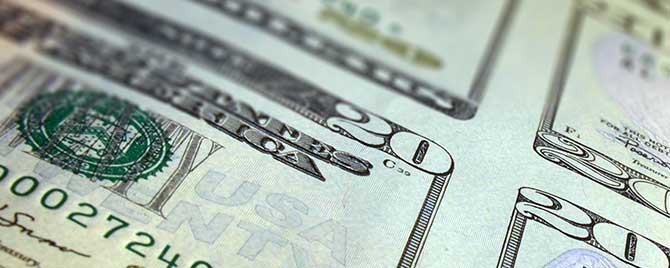7.2 billion. That is how many Federal Reserve Notes the Board of Governors ordered with the Treasury’s Bureau of Engraving and Printing (BEP) in 2015. What factors influence the Board’s decision when calculating how much new U.S. currency to order every year?
Michael Lambert, an associate director at the Board of Governors, answered this question in a video posted on the Board’s NewMoney.gov website.
Mr. Lambert said the Board begins its evaluation process every spring by looking at policy and operational factors that affect the demand for cash. At the operational level, the Board considers the amount of currency that the Federal Reserve Banks destroy because the notes are no longer fit for recirculation.
As the Reserve Banks process deposits of currency from financial institutions, they use specialized processing equipment to determine if the currency is genuine and fit. If it meets both of those criteria, then the currency is returned to circulation. Currency notes that are too damaged or soiled are removed from circulation, and Reserve Banks shred the notes to ensure they are properly destroyed.
This destruction of currency is the biggest factor that the Board uses to determine how many notes they include in the annual print order. Another factor is the growth in demand for each denomination, which is assessed by looking at payments and receipts data.
Using this data, we know that the number of notes in circulation increased 4.2 percent from 2013 to 2014, and the total value of currency in circulation increased 7.6 percent over a 5-year period to nearly $1.3 trillion.
In essence, it is the Growth Rate + Destruction Rate that drives the overall print order. Historically, the destruction rate accounts for an average of 90 percent of the overall order that the Board places with the BEP every year.
With currency in circulation continuing to rise, the Federal Reserve monitors cash trends to ensure we meet public demand. To learn more about the print order process, view the Board’s video or the Currency Print Orders web page.
To learn about what happens after the print order is placed, watch our Cash Lifecycle video.
The views expressed here do not necessarily reflect the views of the management of the Federal Reserve Bank of San Francisco or of the Board of Governors of the Federal Reserve System.
